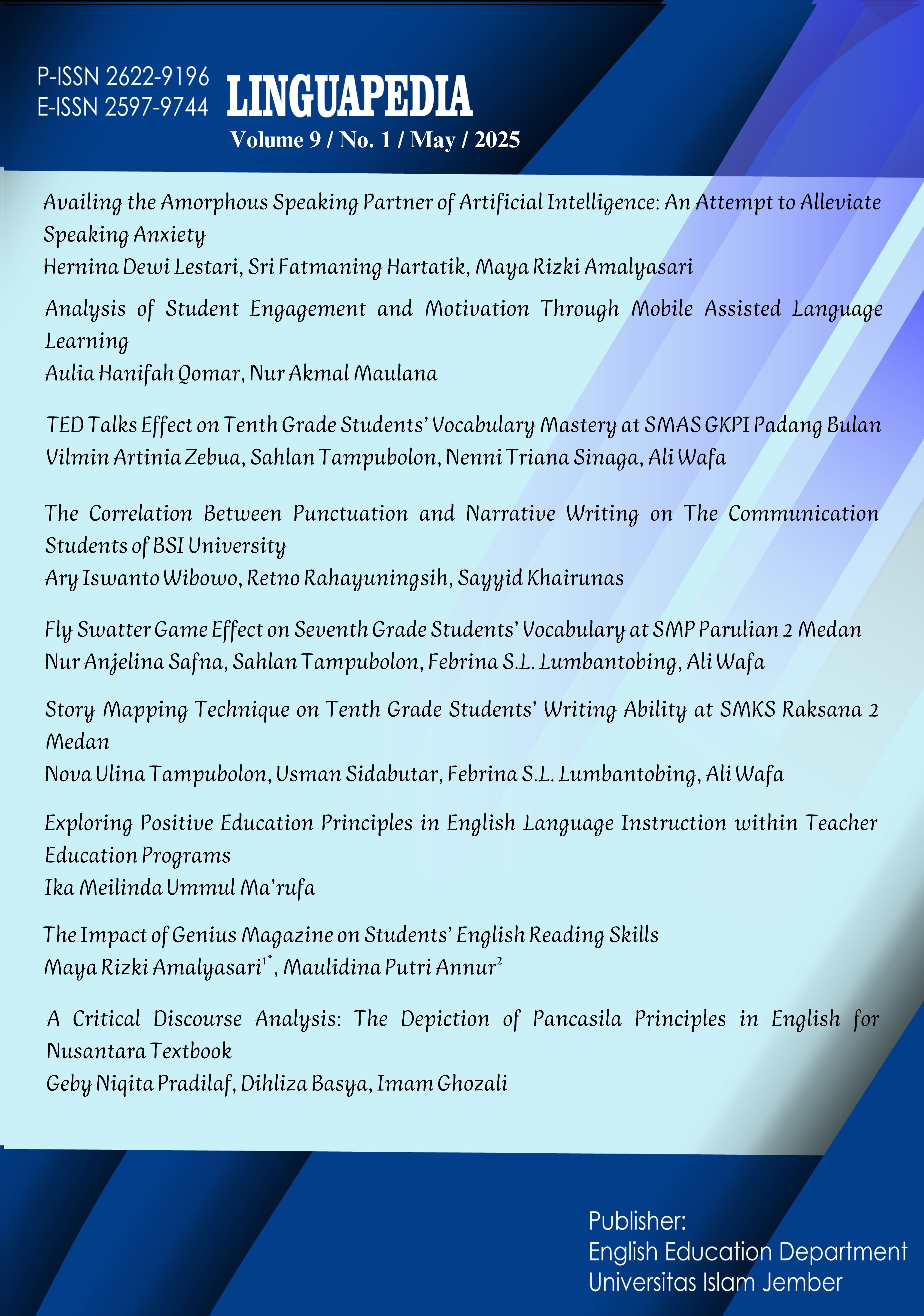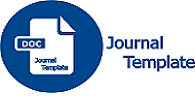Story Mapping Technique on Tenth Grade Students’ Writing Ability at SMKS Raksana 2 Medan
DOI:
https://doi.org/10.56013/linguapedia.v9i1.4099Keywords:
recount text; story mapping technique; writing abilityAbstract
This study aims to determine whether the Story Mapping Technique can significantly influence the ability to write recount texts at the tenth grade of SMKS Raksana 2 Medan. The Story Mapping Technique used in this study is based on the theory proposed by Li (2007). Using purposive sampling technique, the population of this study consisted of all tenth-grade students at SMKS Raksana 2 Medan, totaling 66 students divided into five classes. The results showed a significant improvement in students' writing ability after the implementation of the Story Mapping Technique. Data analysis using the t-test revealed that the calculated t-value was 2.054, while the t-table value was 1.697 at a significance level of p < 0.05. Since the t-calculated> t-table (2.054>1.697), it was concluded that applying the Story Mapping Technique had a significant effect on students' ability to write recount texts in the tenth grade at SMKS Raksana 2 Medan. Therefore, the alternative hypothesis (Ha) was accepted, while the null hypothesis (H0) was rejected. Based on these findings, the Story Mapping Technique is proven to be effective in improving students' ability to write recount texts and can be considered an alternative method for teaching writing at the secondary school level.






